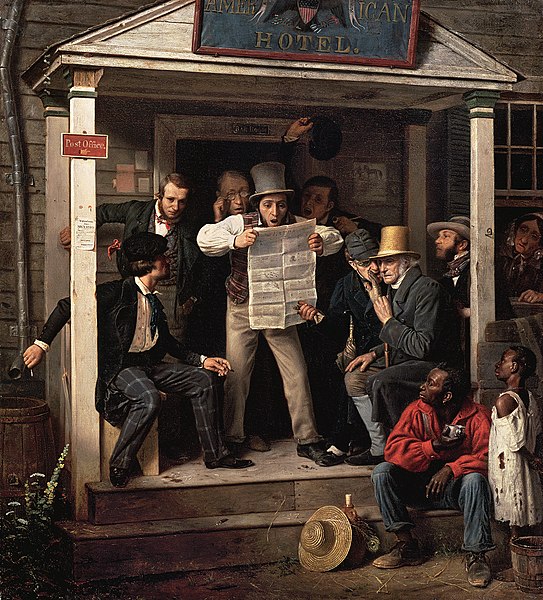France, perhaps, will be more stable ITTL then.
C'mon it's 19th century France. Stability was anathema to them
France, perhaps, will be more stable ITTL then.



Events of 1849, Temporary Authority, now you're just a tease
Actually, OTL it was also kinda nutty, so this is just a expansion.Oh my, things are really getting tense in Britain.
1849 will probably be the end of Britain as we know it... Let's see how radical Chartist demands and actions will get.
Quibble: the Chartists as such don't exist anymore ITTL, they were pretty much destroyed in 1840.
Ah. In the latest update it sounded like those individual revolts were crushed but not necessarily the movement itself.
Filthy republican! Learn to respect our revered monarchy! LONG LIVE THE KING.Well, the mention of "penultimate election of the unreformed United Kingdom" also suggests some level of major change as well.
Here's hoping that things eventually get radical enough to see true republicans finish upon the Commonwealth's glorious promise of regicide
Filthy republican! Learn to respect our revered monarchy! LONG LIVE THE KING.
[19] Compared to the OTL Convention of Chuanbi, which was drawn up only after the British had already sent in the gunboats, this agreement is more favorable to the Chinese – IOTL the indemnity was six million dollars (why this was defined in dollars rather than a currency either power actually used is beyond me), and Qishan also agreed to cede Hong Kong Island to the British. Of course, this convention was rejected by both the Emperor, who believed it conceded too much, and Palmerston, who was enraged that it failed to deal with the opium situation that had started the entire affair to begin with.
I believe I can shed light on this. Trade in China, as you've noted in the update, was done entirely in silver; what you've missed is the form of that silver. Chinese merchants would theoretically accept any sort of silver, but the only currency that they trusted absolutely, without any compunctions, was the Spanish dollar, which had been the standard for trade the world over before the gold-based pound sterling began taking its place - but not in China. Spanish dollars, or, by this time, Mexican dollars - the same coins minted in the same mints, but now in Mexico - were the basis of nearly all trade with China in this period, which meant that anyone who wanted to trade with China not only had to get silver, but had to get it from Mexico, which was really good for the Mexicans. Chinese silver dragons, the standard silver coin in China, was made to the exact specifications of the Mexican dollar.
In the 1850s, the Mexicans made a drastic error in changing the basic design of the dollar, which rendered it worthless to the Chinese, who no longer trusted it and demanded weighing even the new ones, which opened the door for other countries to start minting standard trade dollars of the standardized weight, most notably the United States, British Hong Kong, French Indochina and Japan, that broke the monopoly of the Spanish/Mexican dollar on trade with China and sent Mexico spiraling further into the economic weakness that allowed their near-conquest in the 1860s.



[14] Paul von Lettow-Vorbeck’s long march through German East Africa during the First World War caused a famine that is estimated (alongside the Spanish flu) to have killed 365,000 civilians.